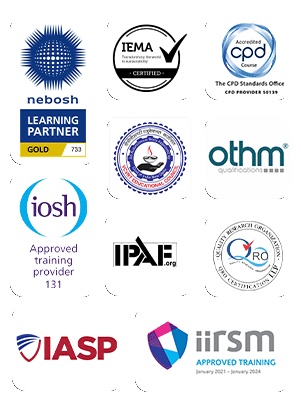
Green World Group is glad to present a video on the crucial topic of a HAZOP audit. This informative video is designed to educate viewers about what an HAZOP audit is, how to conduct an effective audit, a step-by-step approach, scenarios that require a HAZOP audit, and its benefits.
Let us walk through the content of the video in this blog.
Introduction to HAZOP
HAZOP stands for Hazard and Operability Study. It is an organized and systematic technique for process hazard analysis (PHA). This study is typically useful during design and operational phases in complex systems and is quite beneficial throughout business operations.
The core purpose of the HAZOP is to recognize deviations from the design perspective and identify potential risks, thus ensuring a safe and reliable operational system is in place.
Purpose of a HAZOP
The major purpose of a HAZOP audit is to determine the possible and related hazards and operability issues in the given processes.
What is COMAH?
COMAH represents Control of Major Accident Hazards. COMAH regulations are intended to reduce the risk of major accidents related to process safety, such as the release of toxic gases, flammable substances and more.
HAZOP Audit Procedure
Step 1: Preparation
Step 2: Node Identification
Step 3: Guide Word Application
Step 4: Deviation Analysis
Step 5: Recommendations
Step 6: Documentation
When to conduct a HAZOP audit?
HAZOP audit is just not a single-time task; rather, it is a regular and situational requirement, which is typically performed in the below scenarios.
Benefits of an HAZOP Audit
Challenges and limitations
There are certain challenges and limitations with HAZOP studies, which include:
To sum up
HAZOP is a crucial tool to manage process safety risks. It mainly focuses on identifying and analysing deviations that lead to unsafe conditions or process failures. To achieve a successful HAZOP audit, it must be conducted in a structured way and needs to be documented. Performing a successful audit helps in reducing incidents and improving compliance.


